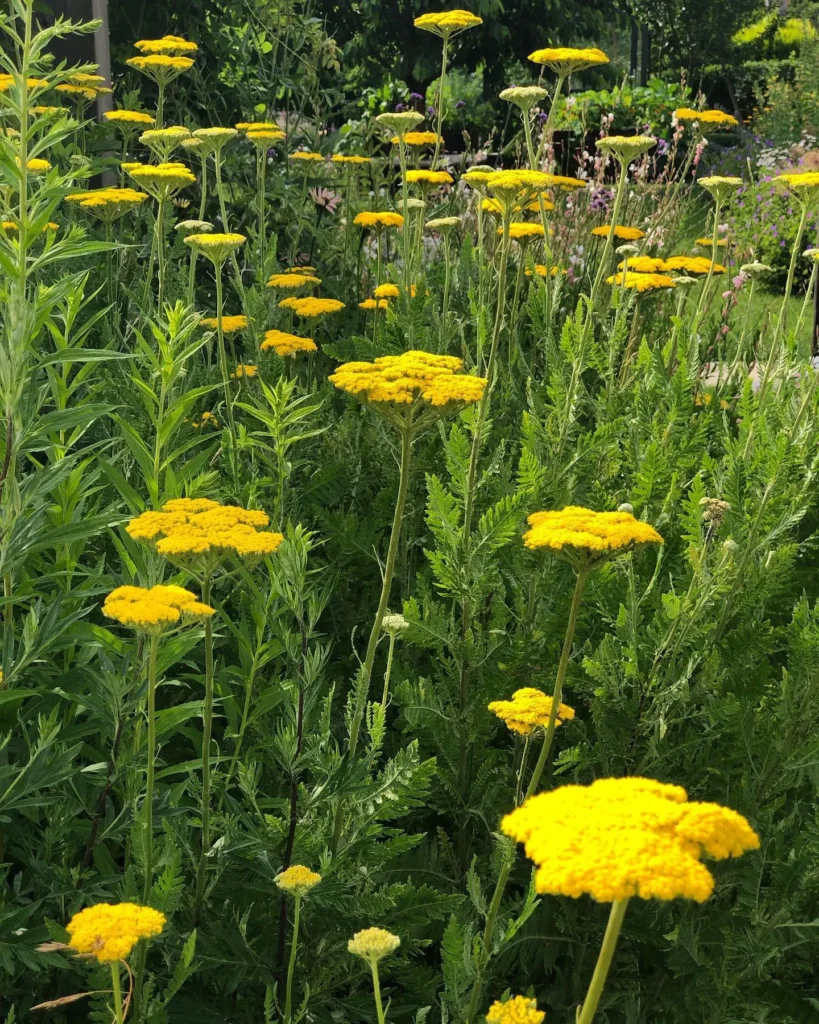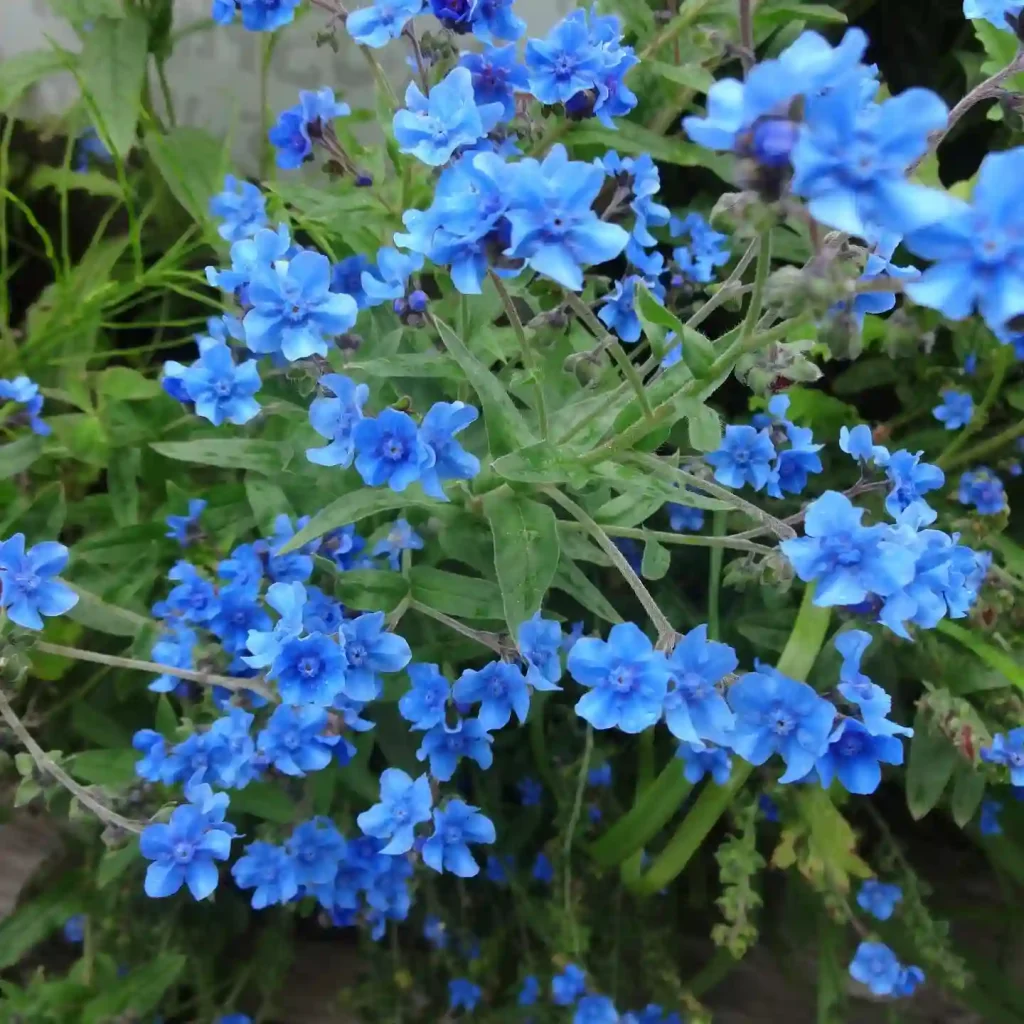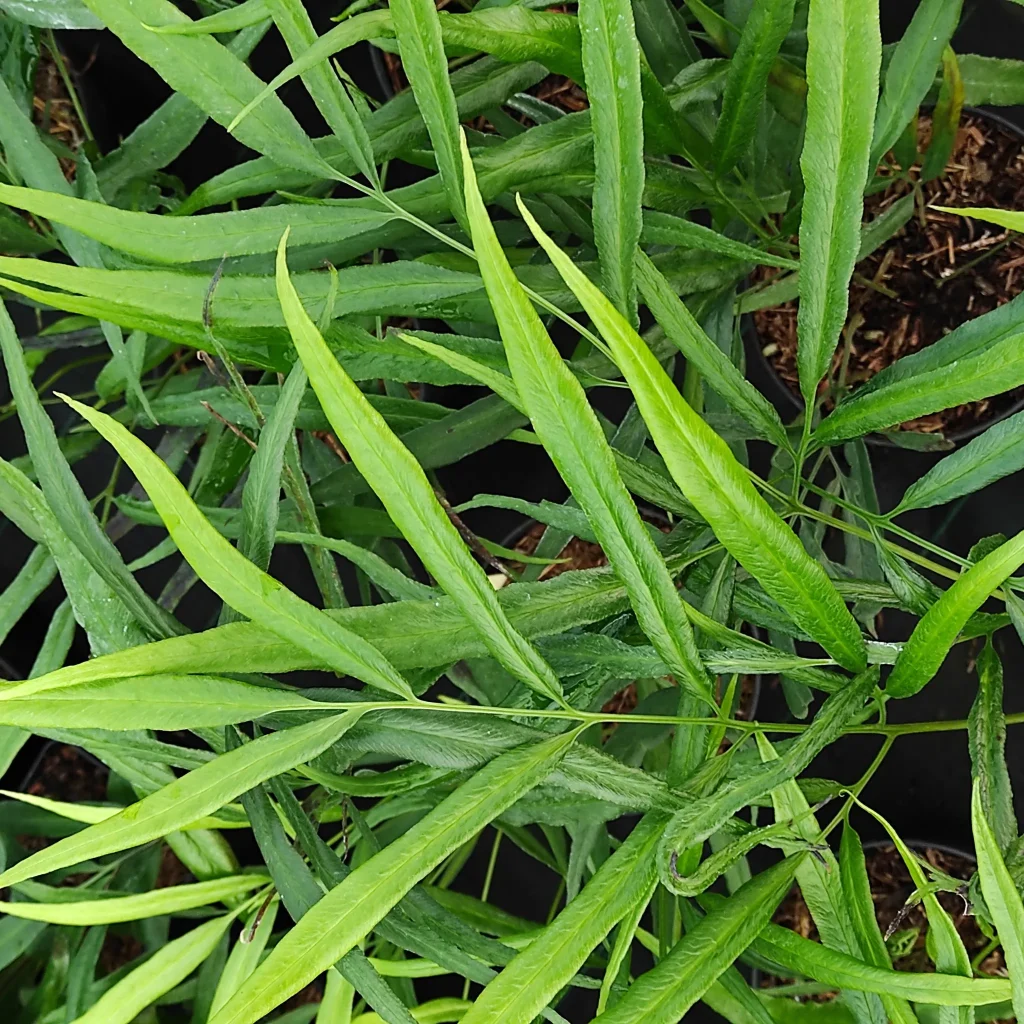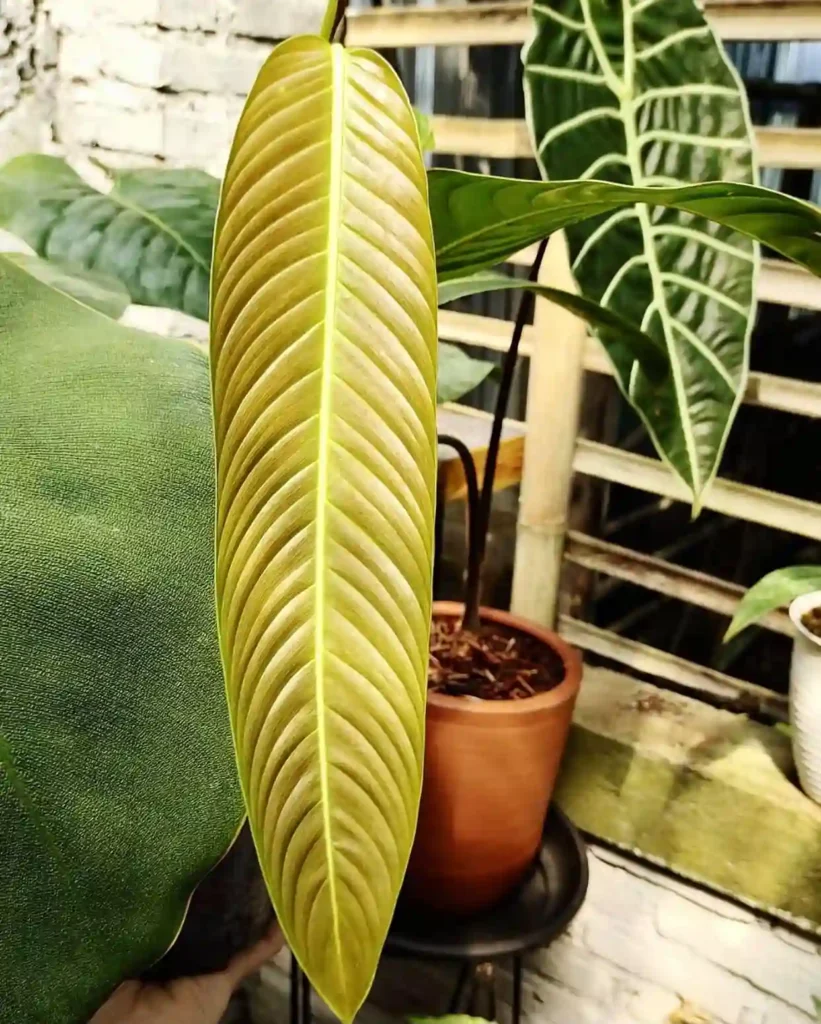FAQs About Argyreia Nervosa
As a plant enthusiast, I often encounter questions about various species, and Argyreia Nervosa, commonly known as Hawaiian Baby Woodrose, is no exception. This plant, known for its striking heart-shaped leaves and beautiful flowers, has piqued the interest of many gardeners and nature lovers. In this article, I’ll share my insights on how to identify, propagate, and care for Argyreia Nervosa, along with answering some common queries.
What is Argyreia Nervosa?
Argyreia Nervosa is a perennial climbing vine native to tropical regions, particularly in India and other parts of Southeast Asia. It is renowned for its large, heart-shaped leaves and white or pale purple flowers that bloom during the summer months. This plant is not just aesthetically pleasing; it also has a rich history in traditional medicine.
How to Identify Argyreia Nervosa?
Identifying Argyreia Nervosa is relatively straightforward once you know what to look for. The leaves are large, glossy, and heart-shaped, often measuring up to 10 inches in length. The flowers are trumpet-shaped, typically white or light purple, and can grow up to 2 inches in diameter. Additionally, the seeds of this plant are often used for their psychoactive properties, which has led to its association with various traditional uses.
When I first started cultivating this plant, I found that understanding its leaf shape and flower characteristics helped me distinguish it from similar species, like the Morning Glory, which has a somewhat similar appearance but different leaf shapes and growth habits.
How to Propagate Argyreia Nervosa?
Propagating Argyreia Nervosa can be done through seeds or cuttings. I’ve personally had success with both methods.
- Seeds: To propagate from seeds, I recommend soaking them in water for 24 hours to enhance germination. After soaking, plant them in a well-draining potting mix, keeping them lightly moist until they sprout.
- Cuttings: For cuttings, choose a healthy stem and cut it just below a node. Place the cutting in a glass of water or directly into soil. I’ve found that placing it in a warm area with indirect sunlight can speed up root development.
How to Care for Argyreia Nervosa?
Caring for Argyreia Nervosa involves ensuring it has the right conditions to thrive. Here are a few tips I’ve picked up along the way:
- Light: This plant enjoys bright, indirect sunlight. Direct sunlight can scorch the leaves, so I always make sure to place mine where it can receive filtered light.
- Water: Water the plant when the top inch of soil feels dry. Be careful not to overwater, as this can lead to root rot.
- Soil: A well-draining potting mix is essential. I usually mix regular potting soil with perlite to improve drainage.
- Fertilizer: During the growing season, I fertilize every month with a balanced liquid fertilizer to encourage healthy growth.
Is Argyreia Nervosa a Stimulant?
This is a common question among those exploring the uses of Argyreia Nervosa. The seeds of this plant contain LSA (lysergic acid amide), a compound that can have psychoactive effects. While some may consider it a stimulant, the effects can vary widely. Personally, I advise caution. The seeds should not be consumed without thorough research and understanding of potential risks.
Can You Grow Argyreia Nervosa Indoors?
Yes, you can grow Argyreia Nervosa indoors, but there are a few things to keep in mind. It needs ample light, so I recommend placing it near a bright window. Make sure to provide support for the vine to climb, as it naturally grows upwards in its environment. I’ve found that growing it indoors can be quite rewarding, as it brings a tropical feel to any space.
What to Plant With Argyreia Nervosa?
When considering companion plants, I recommend pairing Argyreia Nervosa with other vines or climbing plants, such as Passionflower or even climbing Roses. This combination can create a lush, green environment, and the different flowering times can keep your garden vibrant throughout the seasons.
Common Problems with Argyreia Nervosa
Like any plant, Argyreia Nervosa can encounter a few problems. Pests such as aphids or spider mites can be an issue, particularly if the plant is stressed. I’ve found that regular inspections and maintaining good air circulation around the plant help prevent infestations. Additionally, yellowing leaves often indicate overwatering or poor drainage, so monitoring soil moisture is key.
Is Argyreia Nervosa Toxic?
While the plant itself is not considered toxic in the traditional sense, its seeds contain psychoactive compounds that can be harmful if consumed in large quantities. I always recommend handling the seeds with care and doing proper research before considering any ingestion.
In conclusion, Argyreia Nervosa is a fascinating plant that can add beauty to any garden or indoor space. By understanding how to identify, propagate, and care for it, as well as being aware of its unique properties, I believe anyone can enjoy this tropical gem. Happy gardening!
If i die, water my plants!



